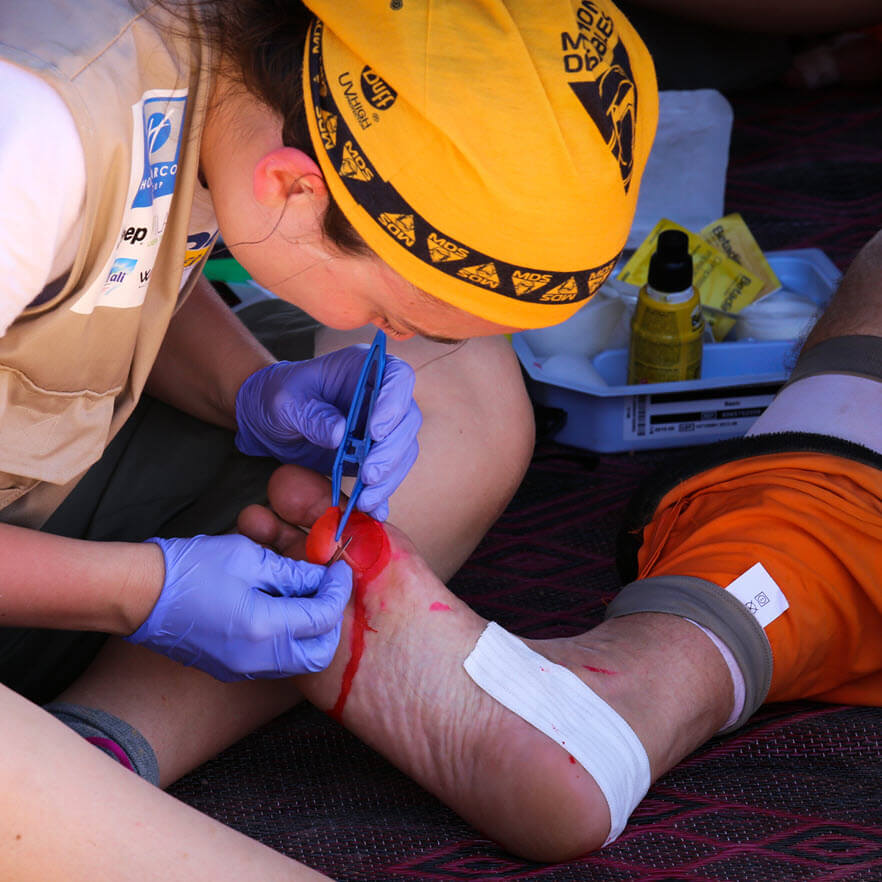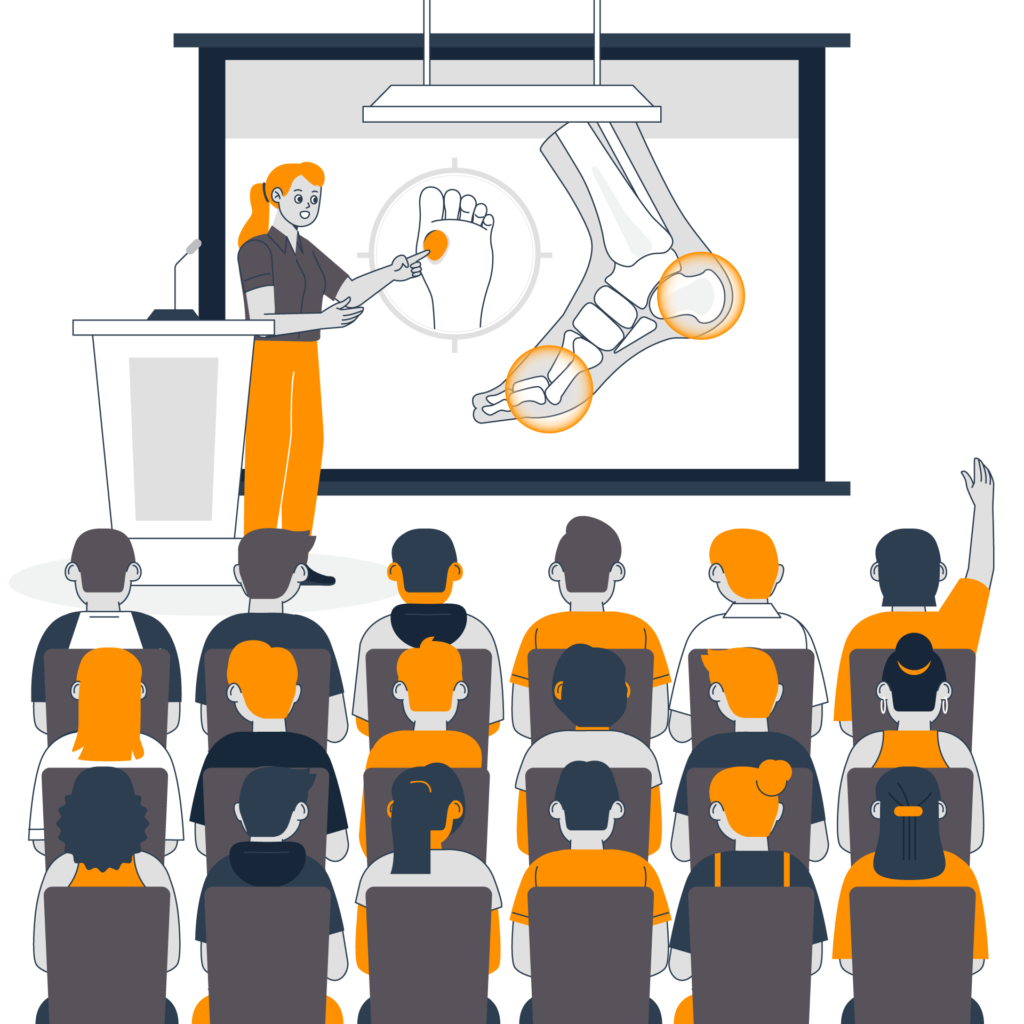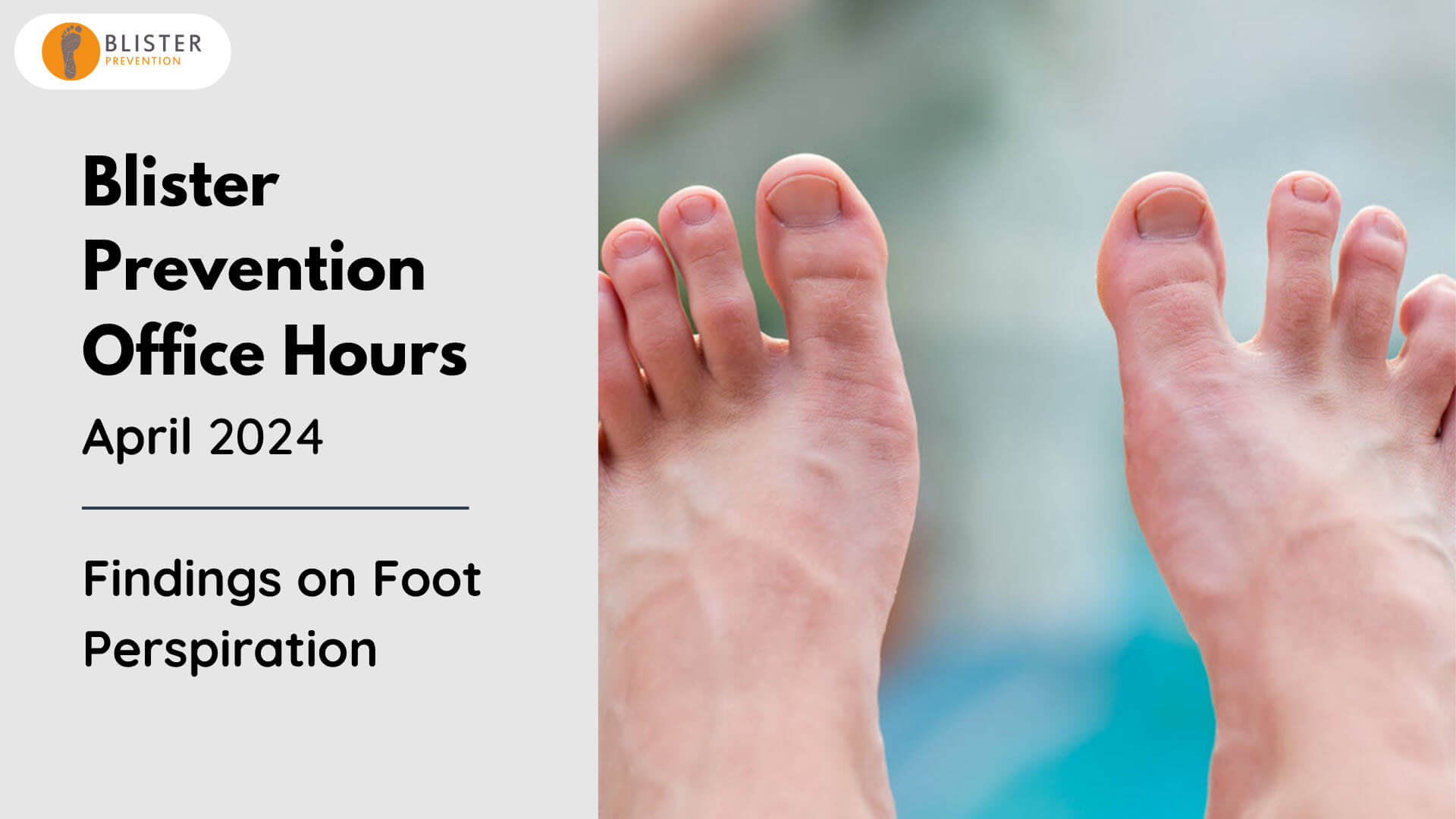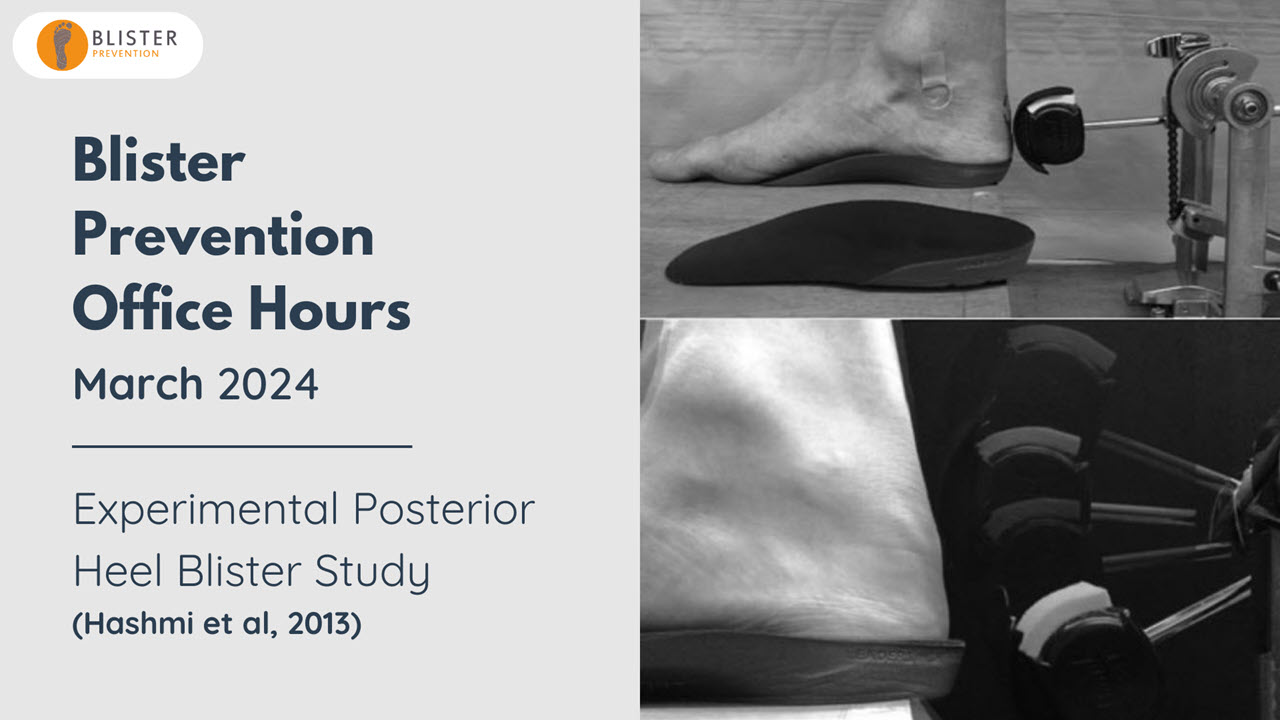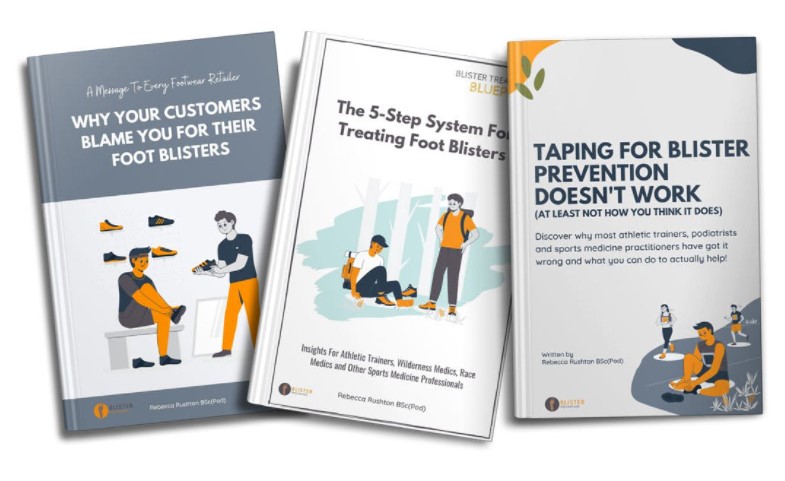So you’re a podiatrist and you’ve put your hand up to provide foot care at an athletic event. Well done. Thanks, on behalf of both the event organisers and the participants. Now, how are you going to prepare? Or are you just going to rock up on the day? You want to provide the best possible athletic event foot care, don’t you?
There are two parts to providing foot care (99% of which will be blister care) at athletic events:
- Pre-race participant education
- Mid-event day blister treatment
Pre-Race Participant Education
Depending on the event, participant education can occur either: the day of the event (terrible idea, worse than no education); the day before the event (still a terrible idea); or hopefully a good 6 weeks before the event starts. That’s how long people need to get advice, consider the advice, conduct some trial and error before deciding on their prevention strategy for the event.
Here’s how participant education usually goes
Education usually goes along the lines of:
- Overly simplistic statements of what causes blisters – Like, blisters are caused by friction between your shoe and your foot.
- Listing of all conceivable preventions there are on the planet and maybe an obvious statement about each one – Like, get good shoes and make sure they fit properly.
And that’s it.
Neither are helpful in any way. If a participant is lucky, they might just land on the successful strategy they need – but it will be out of luck, not good management.
Here’s how participant education should go
Good participant education needs to include these 4 elements:
- Let people know that blister susceptibility exists on a continuum. Some people have skin that is blister resistant, some are blister prone, and others are somewhere in between. Show them the stats.
- Show (don’t tell) people what causes blisters. Words on their own are too confusing.
- Let them know there are lots of preventions available to them, possibly more than they are aware of (sure, list a few, or as many as you can if you want to). But importantly, tell them there is a method to choosing the best prevention. That method includes:
- Understanding how each prevention works: Show them the blister prevention mechanisms-of-action chart – but don’t try and explain it in too much detail. Just let them know there is a definite structure to understanding how preventions work. And you know this for every prevention there is.
- Understanding the pros and cons of each prevention: Don’t try and explain the pros and cons of every prevention there is – you won’t have time. Maybe go through a couple of common ones and just let them know you’re across this for all the other preventions.
- Predicting the blisters they’ll get: This is totally doable. They should expect to get any blister they’ve ever had before. And they need to see a podiatrist to look at their foot structure and function to spot any obvious at-risk areas. You’re looking for things like callous, adductovarus toes, extensor substitution, Haglund’s deformity, that kind of thing. Expect these blisters too.
- Matching the prevention to the anatomical location: Based on the blister locations you’ve both just identified as high-risk areas, your job is to use your understanding of mechanisms of action, pros and cons to advise them of the preventions most likely to be most effective and provide bang for buck. It is important that the participant has the best possible prevention in place for these blister locations, rather than waiting for a blister to happen.
- And have a chat about blister kit contents and how to use them.
Mid-Event Treatment
I know the event you’re volunteering at will only provide you with a very limited array of gear. Or worse still, expect you to provide it at your own expense.
Oxfam Trailwalker Australia, who put significant organisational resources into foot care and few would argue are the gold standard, they provide plenty of gear. The volume of gear is adequate; but the range of that gear is limited. It will limit you in how much relief you can provide during episodes of athletic event foot care.
Here’s how mid-event treatment usually goes
Participants present to you for treatment of their blisters. You dress them, tape them and provide a bit of pressure deflection. And watch them cringe as they don their shoes and hobble off, still in pain.
Here’s what mid-event treatment should look like
You want participants to be equipped to provide their own blister treatment if foot care isn’t immediately available. They should want that too. So, they need to be equipped to do this themselves. The aim is to avoid the situation where they feel a niggle and ignore it for 5km until you’re available. By then they’ve got a blister (that was totally avoidable). To do this, they’ll need a well-stocked blister kit that’s immediately available.
The other upside to having a great blister kit is you can get them to bring it with them when they see you. That way, you have access to a better range of products to use on their blisters.
Because we all know there’s more to excellent blister treatment than antiseptic, dressings and tape. Sure, you’ll be providing excellent blister first aid, but first aid doesn’t stop the blister-causing forces (that’s what prevention does). Show them the blister treatment equation – it speaks volumes about how to get maximum pain relief while they have to strap their shoes back on and keep going. Back this up with some examples. Use two case studies of mine if you need to (case study 1; case study 2).
Wrapping up
This is what constitutes effective athletic event foot care. Anything less is doing your profession a disservice, and the participant that presents to you a disservice. And if you’re an event director or organiser, please help your volunteer podiatrists provide your participants the education and treatment they require to enjoy your event to the fullest.
Conclusion
If there is any aspect of education or treatment that you’d like to brush up on, you have a few options:
1. Take the Free Blister CPD course. This is entirely geared toward athletic event blister management.
2. Go a step further and enroll in our paid course, Blister Prevention University. This course goes into detail for each anatomical location of blisters (why they occur, what works best), every blister prevention strategy (how it works, pros and cons) and much more.
3. Or simply out-source participant education to the Fix My Foot Blisters Fast course. It walks participants through all the different preventions, how they work, how to choose them, and my general recommendations for each blister location. Sure, I haven’t assessed their foot structure and function – that’s why ideally, they’d be seeing you for this information. But if you don’t have the time or resources to, I can tell you this course works. It’s been running for over 5 years now, and has a 4.9 star rating from 70 reviews. You can read those reviews here.

